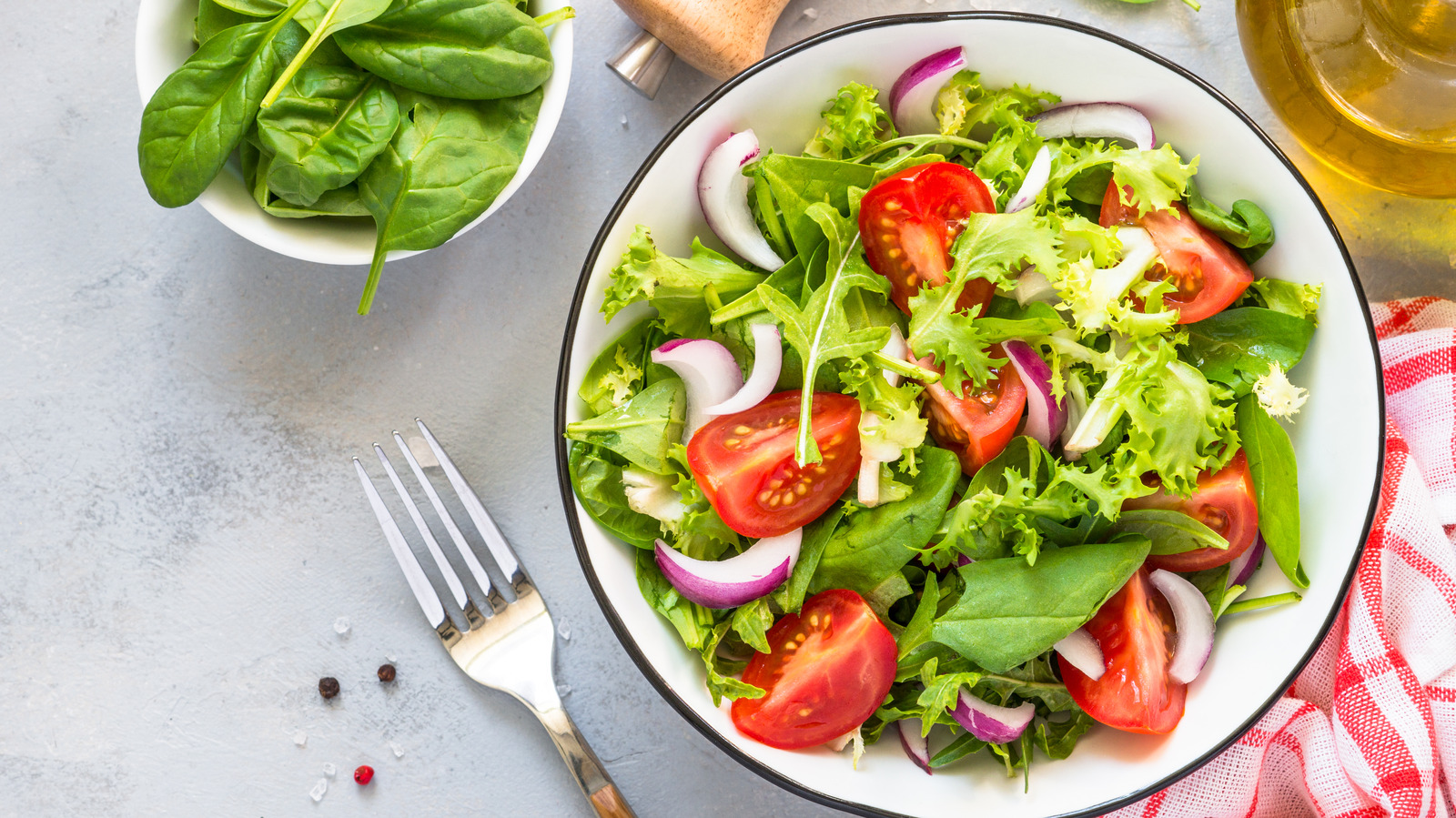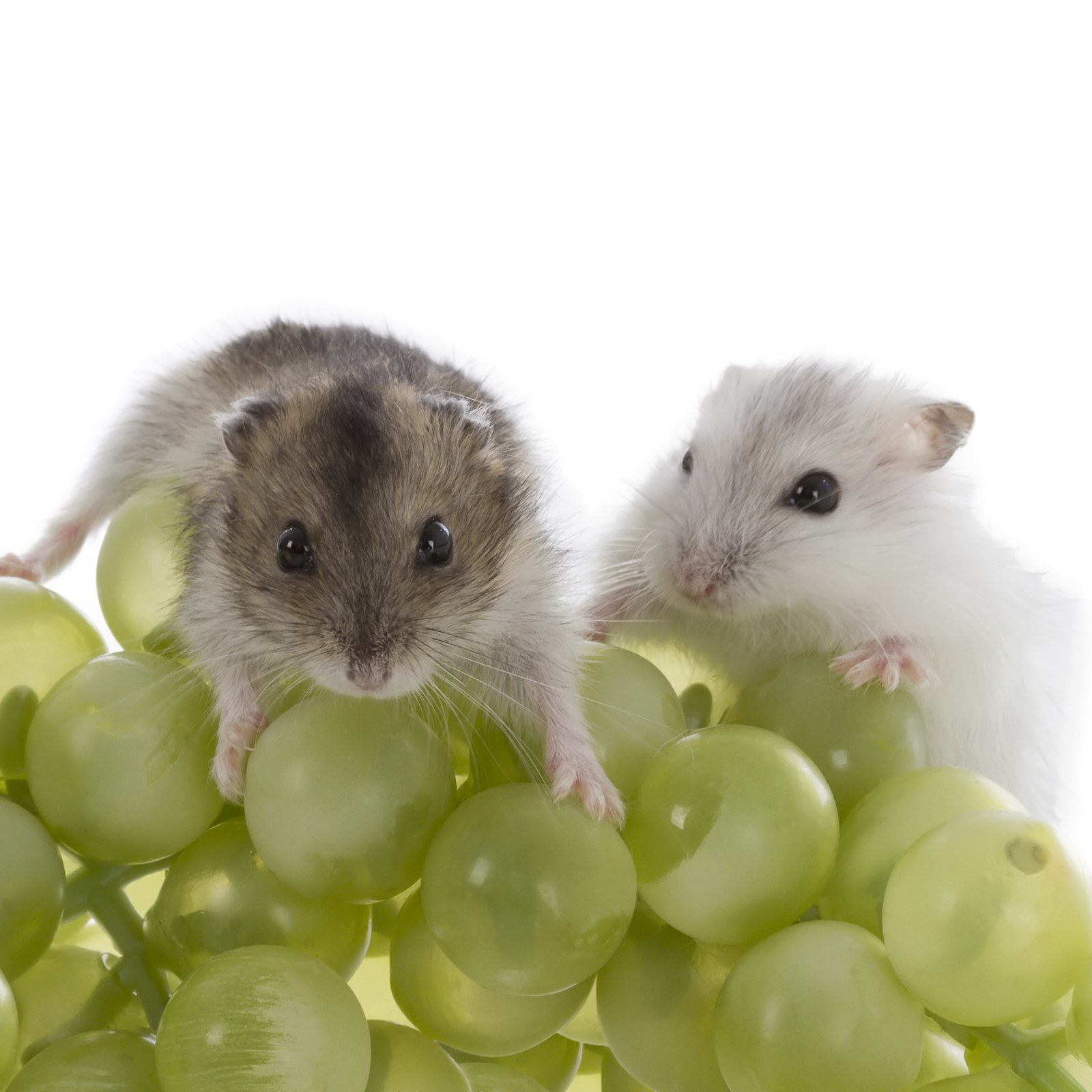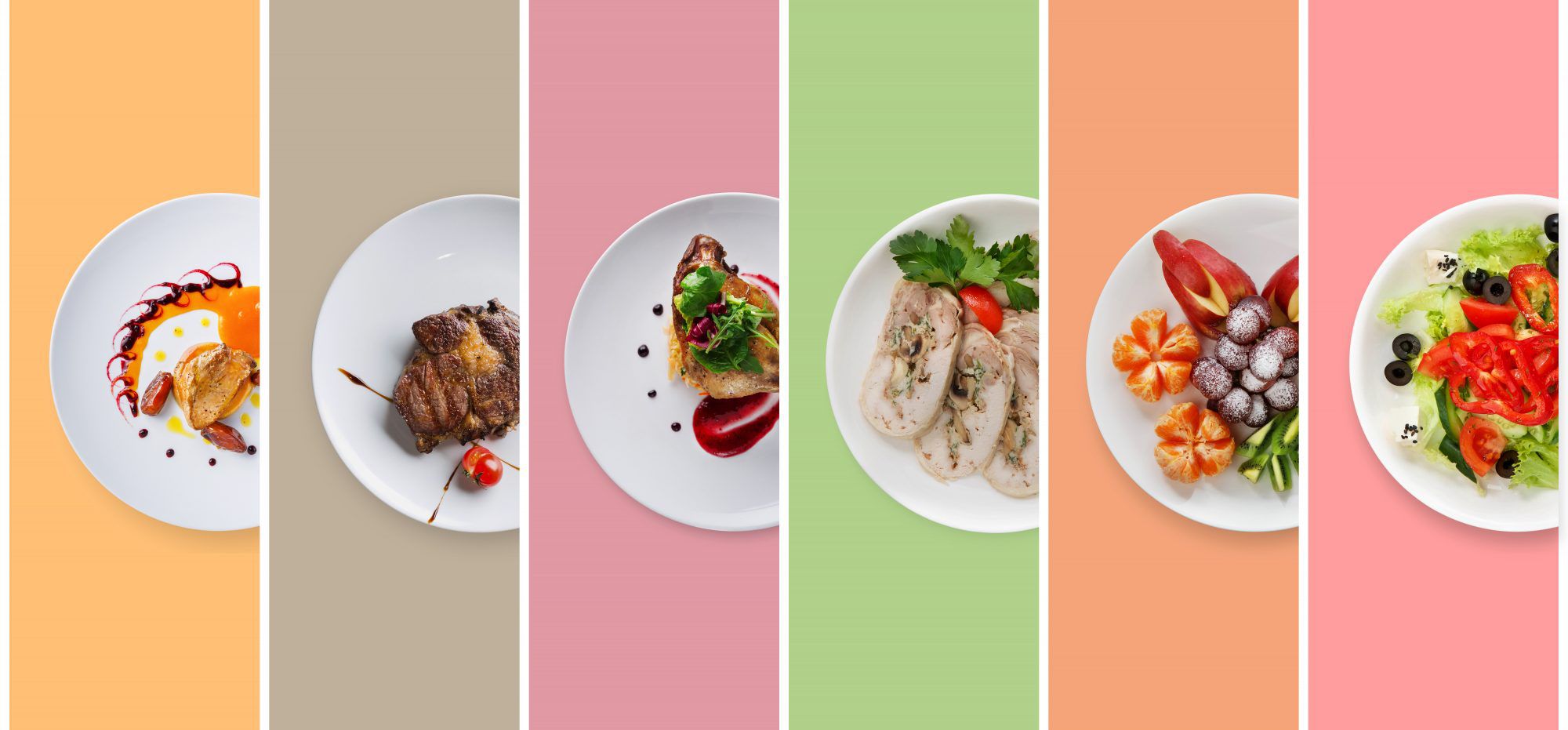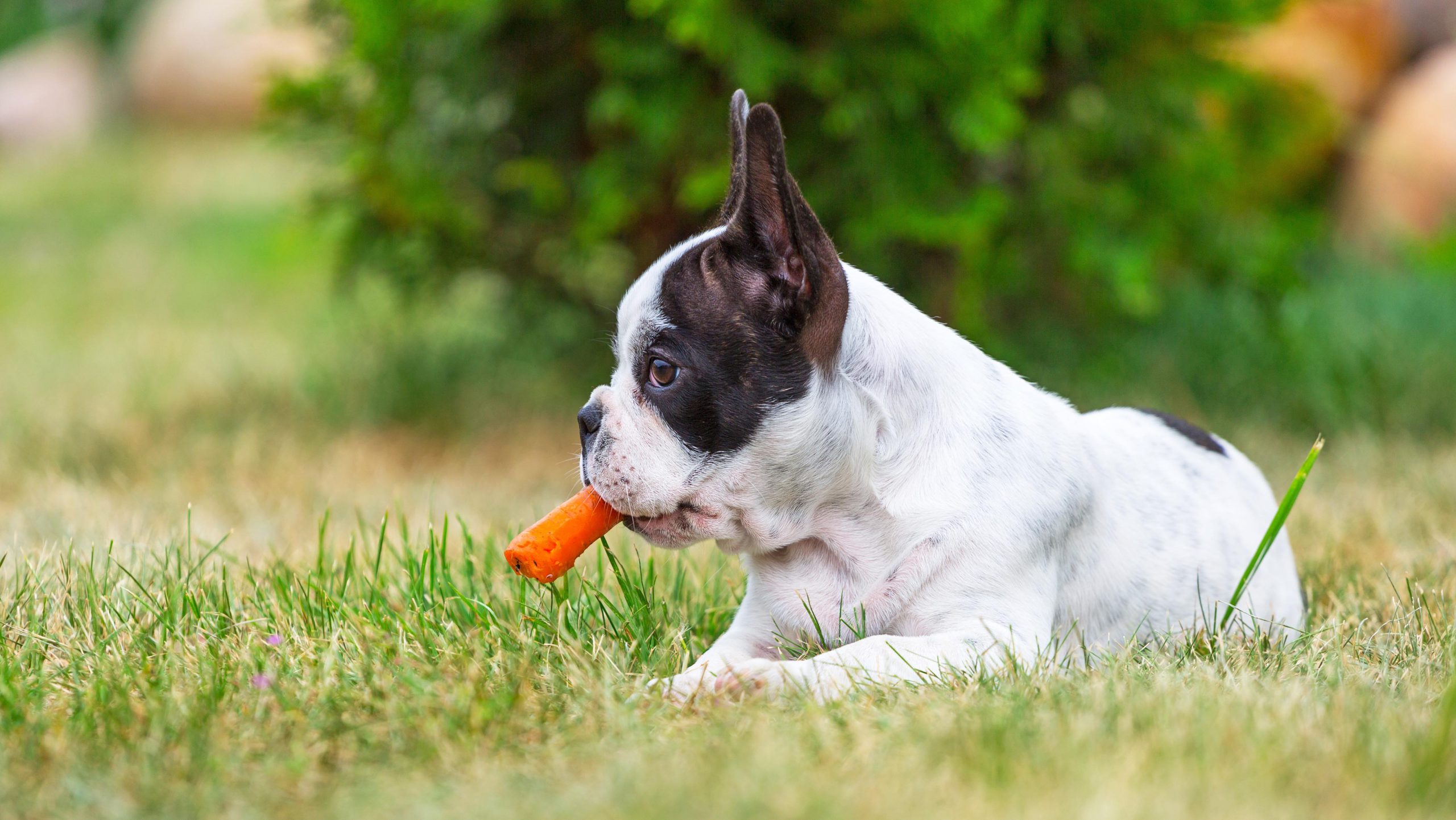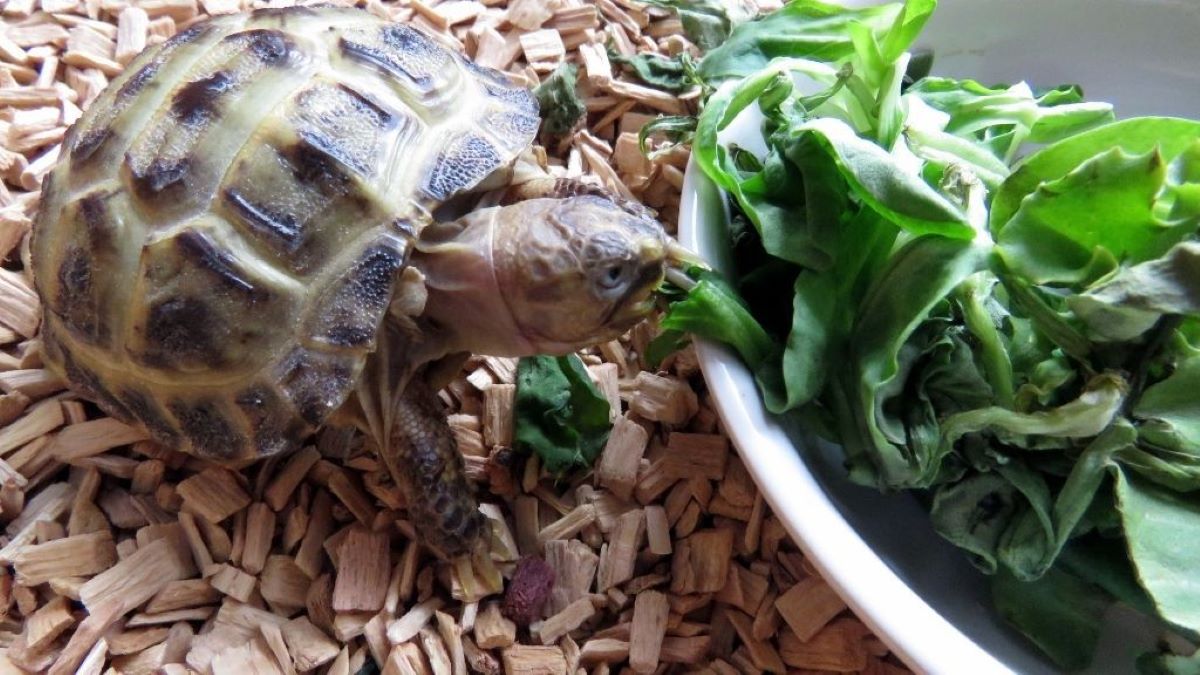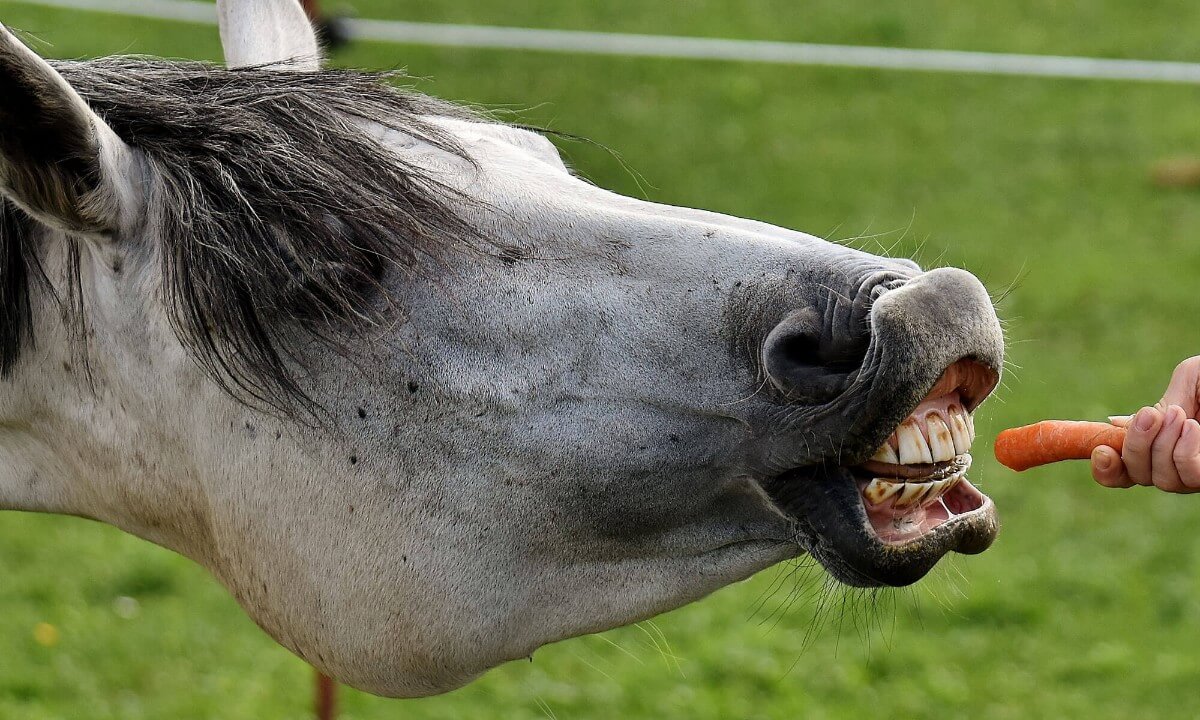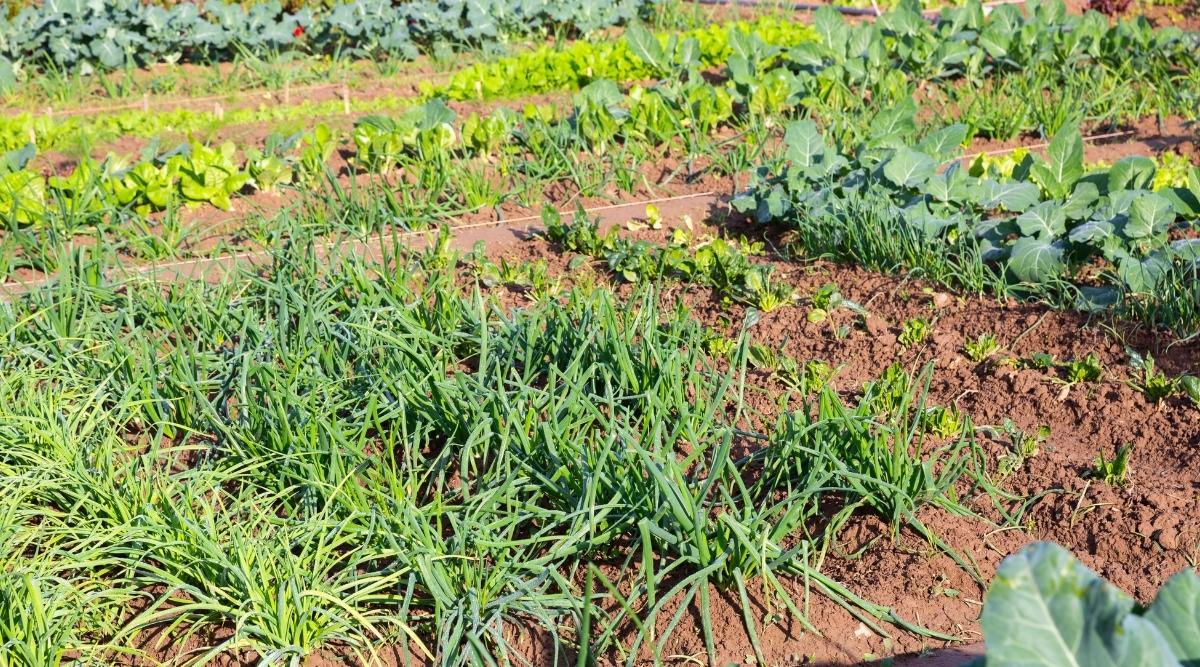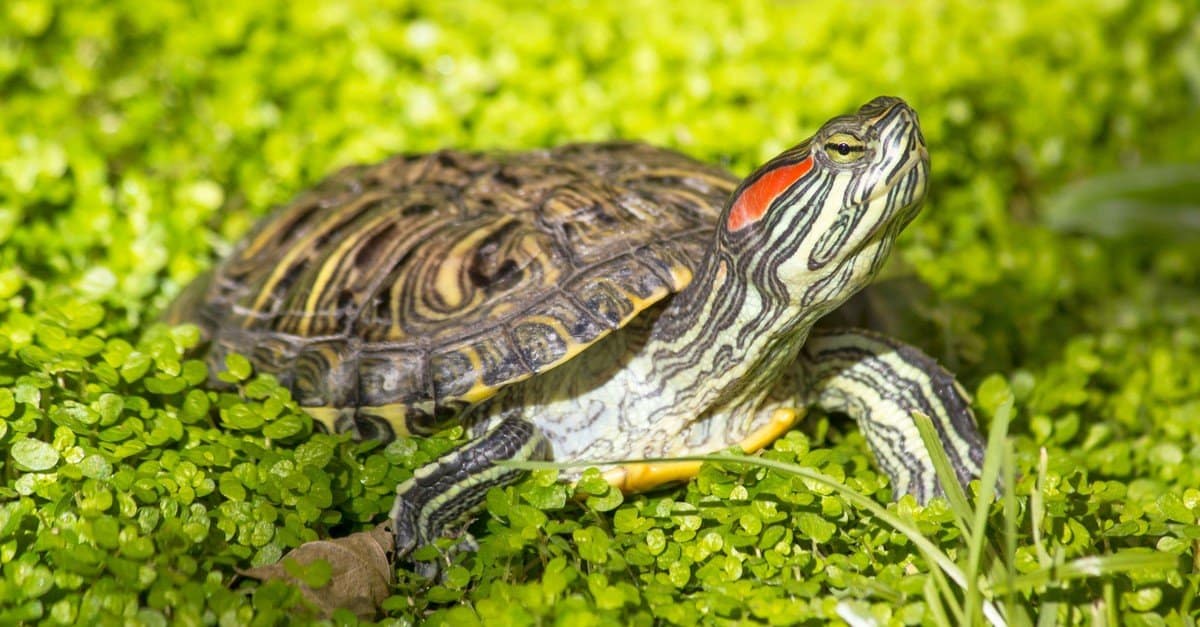Home>Gardening News and Trends>Latest News>What Vegetables Can I Eat With Diverticulitis


Latest News
What Vegetables Can I Eat With Diverticulitis
Modified: January 22, 2024
Discover the latest news on what vegetables you can safely include in your diet if you have diverticulitis. Find out which nutritious options promote gut health and minimize symptoms.
(Many of the links in this article redirect to a specific reviewed product. Your purchase of these products through affiliate links helps to generate commission for Chicagolandgardening.com, at no extra cost. Learn more)
Table of Contents
Introduction
Diverticulitis is a common condition that affects the digestive system, specifically the colon. It is characterized by the development of small pouches or sacs, called diverticula, in the lining of the colon. When these pouches become inflamed or infected, it leads to diverticulitis.
While diverticulitis can cause discomfort and complications, such as abdominal pain, bloating, and changes in bowel habits, the good news is that making dietary adjustments can help manage the condition effectively.
One crucial aspect of a diverticulitis-friendly diet is the inclusion of vegetables. Vegetables are rich in essential nutrients, fiber, and antioxidants, which can help support digestive health and reduce inflammation.
In this article, we will explore the vegetables that are safe to consume when you have diverticulitis and those that you should avoid. Additionally, we will provide some cooking tips and a sample menu to help you incorporate these vegetables into your diet.
Understanding Diverticulitis
Diverticulitis is a condition that occurs when diverticula, small pouches that form in the colon wall, become inflamed or infected. These pouches form when weak spots in the colon’s muscular wall allow the inner lining to push through, creating bulges.
The exact cause of diverticulitis is unclear, but it is believed to be associated with a low-fiber diet. When the diet lacks fiber, stool can become hard and difficult to pass, leading to increased pressure in the colon. This increased pressure can cause the formation of diverticula and contribute to their inflammation or infection.
Common symptoms of diverticulitis include abdominal pain, usually on the left side, along with bloating, constipation, diarrhea, and changes in bowel habits. In severe cases, complications such as abscesses, perforation of the colon, or even peritonitis (inflammation of the abdominal lining) can occur, requiring immediate medical attention.
Diverticulitis is more commonly found in individuals over the age of 40, and the risk increases with age. Other factors that may increase the risk of developing diverticulitis include obesity, lack of exercise, smoking, and a family history of the condition.
It is important to note that diverticulosis is the term used to describe the presence of diverticula without inflammation or infection. Diverticulosis is often asymptomatic, and a majority of individuals with diverticula will never develop diverticulitis.
Dietary Guidelines for Diverticulitis
When managing diverticulitis, making dietary adjustments is crucial to reduce inflammation, relieve symptoms, and promote overall digestive health. The following are some general dietary guidelines to consider:
1. Increase Fiber Intake: Consuming an adequate amount of fiber is essential for promoting regular bowel movements and preventing constipation. Gradually increase your fiber intake, as a sudden increase can cause bloating and discomfort. Include a variety of high-fiber foods in your diet, such as fruits, vegetables, whole grains, and legumes.
2. Stay Hydrated: It’s important to drink plenty of fluids, particularly water, to keep bowel movements soft and prevent dehydration. Aim to drink at least eight glasses of water per day, or more if recommended by your healthcare provider.
3. Limit Processed Foods: Processed foods, such as fast food, pre-packaged snacks, and sugary beverages, are often low in fiber and high in unhealthy fats and additives. These can worsen diverticulitis symptoms. Opt for whole, unprocessed foods whenever possible.
4. Control Portion Sizes: Overeating can put additional strain on the digestive system. Practice portion control by listening to your body’s hunger and fullness cues. Eating smaller, more frequent meals throughout the day can be beneficial.
5. Avoid Trigger Foods: Certain foods may trigger diverticulitis symptoms and should be avoided. These can vary from person to person, but common triggers include spicy foods, nuts, seeds, popcorn, and alcohol. Pay attention to how your body reacts to different foods and make adjustments accordingly.
6. Consult with a Registered Dietitian: Consulting a registered dietitian can provide personalized guidance and support in creating a diverticulitis-friendly meal plan. They can help ensure you are getting all the necessary nutrients while managing your symptoms effectively.
Recommended Vegetables for Diverticulitis
When it comes to choosing vegetables for a diverticulitis-friendly diet, it’s important to focus on those that are gentle on the digestive system and provide ample fiber. Here are some vegetables that are generally well-tolerated and beneficial for individuals with diverticulitis:
- Leafy Greens: Spinach, kale, Swiss chard, and other leafy greens are excellent choices as they are high in fiber and packed with nutrients. They can be enjoyed in salads, sautéed, or added to soups and smoothies.
- Root Vegetables: Carrots, beets, sweet potatoes, and parsnips are rich in fiber and provide essential vitamins and minerals. These vegetables can be roasted, steamed, or enjoyed in soups and stews.
- Cruciferous Vegetables: Broccoli, cauliflower, Brussels sprouts, and cabbage are not only high in fiber but also contain antioxidants that help reduce inflammation. It’s best to cook these vegetables to make them easier to digest.
- Zucchini and Summer Squash: These vegetables are low in fiber, making them gentle on the digestive system. They can be spiralized, sautéed, or added to stir-fries and casseroles.
- Bell Peppers: Bell peppers are low in fiber and high in antioxidants, vitamin C, and other essential nutrients. They can be enjoyed raw or cooked in various dishes.
- Cucumbers: Cucumbers are not only hydrating but also low in fiber, making them easy to digest. They can be added to salads, sliced as a snack, or used to make refreshing cucumber-infused water.
- Tomatoes: Tomatoes are low in fiber but rich in antioxidants and vitamins. They can be enjoyed in salads, cooked in sauces, or used to make homemade salsa.
Remember to start with small portions and monitor how your body reacts to each vegetable. If you experience any discomfort or worsening symptoms, it’s best to consult with your healthcare provider or a registered dietitian.
Vegetables to Avoid with Diverticulitis
While many vegetables are beneficial for individuals with diverticulitis, there are some that may trigger symptoms or cause irritation in the digestive system. Here are some vegetables that are best to avoid or consume in moderation:
- Raw Vegetables: Raw vegetables, especially those with tough skins or high fiber content, can be difficult to digest and may exacerbate symptoms of diverticulitis. This includes vegetables like raw broccoli, raw carrots, and raw celery. It’s best to cook them before consuming to make them easier to digest.
- Legumes: Legumes, such as beans, lentils, and chickpeas, are high in fiber and can cause gas and bloating in some individuals with diverticulitis. While they are nutritious, it’s recommended to consume them in moderation or opt for lower-fiber options like lentil soup or well-cooked beans.
- Corn: Corn contains small particles that may get trapped in diverticula, potentially leading to inflammation and discomfort. While it’s not necessary to entirely avoid corn, it’s best to consume it in small amounts or opt for softer forms of corn, such as creamed corn.
- Peas: Peas are another vegetable that may cause gas and bloating due to their high fiber content. If you choose to consume them, cook them thoroughly or opt for pea soup to soften their texture.
- Hot Peppers: Spicy peppers, such as chili peppers or jalapenos, can irritate the digestive system and potentially worsen diverticulitis symptoms. It’s best to avoid or limit their consumption if you find that they cause discomfort.
- Seeds and Nuts: While technically not vegetables, seeds and nuts are often included in the same category when discussing dietary considerations for diverticulitis. They can get trapped in diverticula and lead to irritation or inflammation. Avoid foods with small seeds, such as strawberries or tomatoes, and steer clear of nuts and seeds in their whole form.
It’s important to note that individual tolerances can vary. Pay attention to how your body reacts to different vegetables and adjust your diet accordingly. If you have any concerns or questions, it’s always a good idea to consult with a healthcare professional or a registered dietitian.
Cooking Tips for Vegetable Consumption
When it comes to incorporating vegetables into your diverticulitis-friendly diet, how you prepare and cook them can make a significant difference in your digestive comfort. Here are some cooking tips to consider:
- Steaming: Steaming vegetables is a gentle cooking method that helps retain their nutrients while making them easier to digest. This method can soften the texture of vegetables and make them more palatable for individuals with diverticulitis.
- Roasting: Roasting vegetables brings out their natural flavors and can help break them down for easier digestion. Toss your vegetables with a small amount of olive oil and your favorite herbs or spices, then roast them in the oven until tender.
- Sautéing: Sautéing vegetables lightly in a small amount of olive oil or vegetable broth can enhance their flavor while maintaining their nutritional value. Avoid overcooking to prevent them from becoming too tough or hard to digest.
- Blending into Soups: If you have difficulty digesting certain vegetables, consider blending them into soups or purees. This can help break down the fibers and make them more manageable for your digestive system.
- Peeling and Deseeding: Some vegetables, like cucumbers or tomatoes, have tougher skins or contain small seeds that may be hard to digest. Consider peeling and deseeding these vegetables before consuming them to reduce the likelihood of irritation.
- Cooking in Small Portions: Instead of cooking a large quantity of vegetables in one sitting, try cooking smaller portions and spread them out throughout the day. This can help prevent overloading your digestive system and reduce the likelihood of discomfort.
- Chewing Thoroughly: Properly chewing your vegetables before swallowing can aid in digestion. This allows the enzymes in your saliva to begin breaking down the vegetables, making them easier to process in the stomach and intestines.
Remember, everyone’s digestive system is unique, so it’s important to listen to your body and adjust your cooking methods based on your personal preferences and tolerances. If you have any concerns or questions, consult with a healthcare provider or a registered dietitian for personalized guidance.
Sample Menu with Diverticulitis-friendly Vegetables
Creating a well-balanced and flavorful menu that incorporates diverticulitis-friendly vegetables is key to managing your condition effectively. Here’s a sample menu to give you some inspiration:
Breakfast:
- Spinach and mushroom omelet made with eggs and sautéed veggies.
- One slice of whole-grain toast or a small portion of cooked quinoa.
- A side of sliced cucumbers and bell peppers.
Lunch:
- Grilled chicken salad with mixed greens, cherry tomatoes, and shredded carrots.
- Dressed with a light vinaigrette made from olive oil, lemon juice, and herbs.
- Serve with a side of cooked zucchini and summer squash.
Afternoon Snack:
- A small bowl of vegetable soup made with well-cooked carrots, potatoes, and green beans.
- Pair with a handful of crackers made from whole grains for added crunch.
Dinner:
- Baked salmon fillet seasoned with herbs and lemon juice.
- Serve with a side of roasted Brussels sprouts and steamed broccoli.
- Enjoy a small portion of mashed sweet potatoes on the side.
Evening Snack:
- A small bowl of fruit salad made with soft, ripe fruits like melons, berries, or peaches.
- Pair with a dollop of Greek yogurt for added protein.
Remember to drink plenty of water throughout the day to stay hydrated and support proper digestion. This sample menu provides a balance of nutrients, fiber, and diverticulitis-friendly vegetables, but feel free to modify it based on your preferences and dietary needs.
Always consult with your healthcare provider or a registered dietitian for personalized advice and assistance in creating a meal plan that suits your specific condition.
Conclusion
Managing diverticulitis involves making dietary adjustments to reduce inflammation, alleviate symptoms, and support overall digestive health. Including a variety of vegetables in your diet is essential, as they provide important nutrients, fiber, and antioxidants that can help with diverticulitis management.
Recommended vegetables for individuals with diverticulitis include leafy greens, root vegetables, cruciferous vegetables, zucchini, bell peppers, cucumbers, and tomatoes. These vegetables are generally well-tolerated and provide a range of health benefits.
On the other hand, there are some vegetables that may need to be avoided or consumed in moderation, such as raw vegetables, legumes, corn, peas, hot peppers, and seeds. These vegetables can potentially exacerbate diverticulitis symptoms and cause discomfort, so it’s important to be mindful of their consumption.
Cooking methods can also play a significant role in making vegetables easier to digest. Suggestions like steaming, roasting, sautéing, and blending into soups can help soften the texture and increase digestibility.
Remember, it’s essential to listen to your body and be aware of any individual tolerances or triggers when it comes to vegetable consumption. If you have any concerns or questions about your diet, consult with a healthcare provider or a registered dietitian to get personalized guidance.
By following these dietary guidelines and incorporating diverticulitis-friendly vegetables into your meals, you can support your digestive health, manage your condition effectively, and enjoy a wide range of flavorful and nourishing foods.
